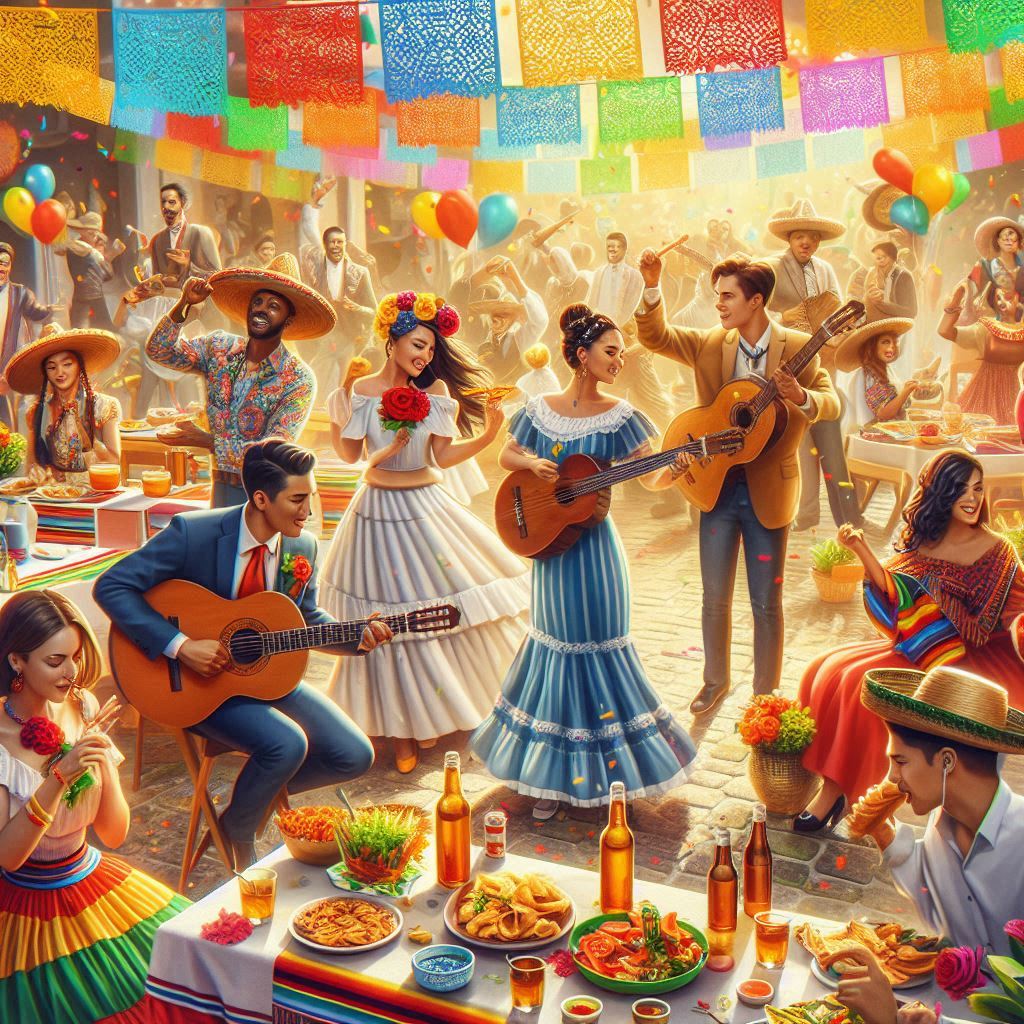Posted On 05 May 2025
Cinco de Mayo, observed annually on May 5th, is a vibrant and meaningful celebration steeped in history and cultural pride. While often mistaken for Mexico’s Independence Day—which is actually September 16th—Cinco de Mayo commemorates the Mexican army’s unexpected victory over French forces at the Battle of Puebla on May 5, 1862.
In the mid-19th century, Mexico faced financial hardship and had defaulted on debts to European nations. France, under Emperor Napoleon III, sought to capitalize on this turmoil by establishing a French empire in the Americas. However, Mexican forces, led by General Ignacio Zaragoza, successfully defended Puebla despite being outnumbered and poorly equipped. Though the victory at Puebla was not a decisive turning point in the broader conflict, it became a powerful symbol of resistance and unity for Mexico.
In Mexico, Cinco de Mayo is primarily celebrated in the state of Puebla with parades, reenactments of the battle, and other festivities. It is not a federal holiday and is observed on a smaller scale in other parts of the country.
In the United States, however, Cinco de Mayo has evolved into a widespread celebration of Mexican-American culture and heritage. It gained popularity in the 20th century, particularly during the Chicano Movement of the 1960s, as a way to honor cultural identity and contributions. Today, cities across the U.S. mark the occasion with vibrant festivals featuring traditional music, dance, food, and art.
Cinco de Mayo serves as a poignant reminder of the strength of a community united against adversity. It continues to be a celebration of cultural pride, shared history, and the enduring spirit of Mexico and its people. ¡Viva México!








